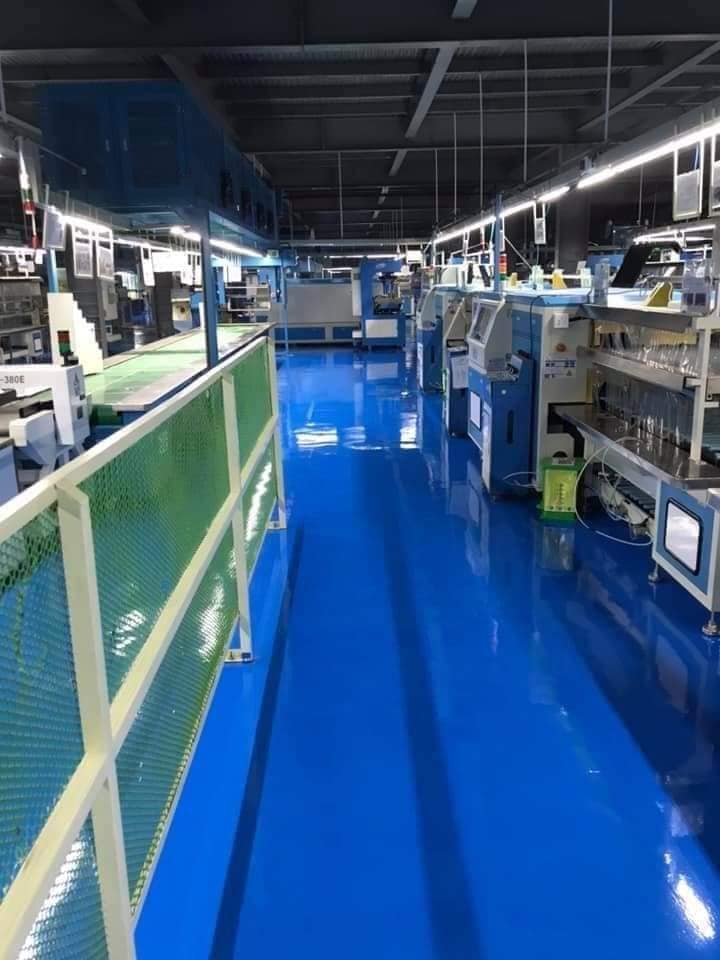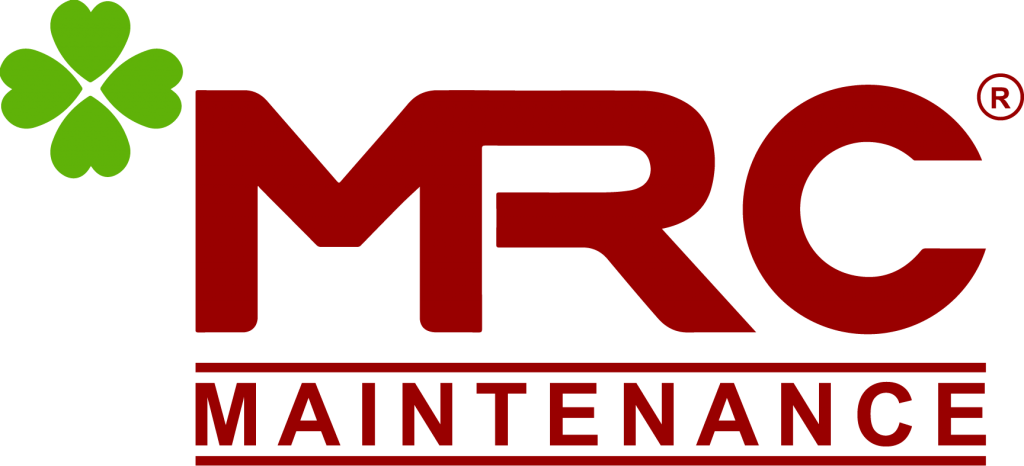Renovating operating factories within industrial zones holds immense significance in driving economic growth, fostering technological advancement, promoting environmental sustainability, and enhancing social well-being. Industrial zones serve as vital hubs for manufacturing activities, playing a pivotal role in generating employment opportunities, spurring innovation, and driving overall economic development. By revitalizing and modernizing existing factories within these zones, countries can unlock a plethora of benefits that contribute to their long-term prosperity and competitiveness on the global stage.

At the heart of the significance lies the economic impact of renovating operating factories. Industrial zones are engines of economic growth, attracting investments, stimulating industrial activity, and creating a conducive environment for business expansion. Renovating factories within these zones not only preserves existing infrastructure but also enhances their productive capacity, enabling manufacturers to meet evolving market demands efficiently. This revitalization drives increased production output, leading to higher revenue generation, export potential, and GDP growth. Moreover, the renovation of factories creates a ripple effect throughout the economy, catalyzing growth in ancillary industries, fostering supply chain linkages, and bolstering local businesses, thereby amplifying the overall economic impact.
Furthermore, the significance extends to the realm of technological advancement. Renovating operating factories provides an opportune moment to integrate cutting-edge technologies and innovative solutions into manufacturing processes. The adoption of automation, robotics, artificial intelligence, and Internet of Things (IoT) not only enhances operational efficiency but also drives product quality improvements and cost reductions. Through targeted renovations, factories can embrace Industry 4.0 principles, transforming traditional manufacturing operations into smart, connected systems capable of real-time data analytics, predictive maintenance, and agile production processes. This technological leap not only positions factories for competitive advantage but also fosters a culture of innovation, laying the foundation for sustained growth and industry leadership in the digital age.
Moreover, the significance of renovating operating factories in industrial zones extends to environmental sustainability. Industrial activities often exert significant pressure on natural resources and ecosystems, contributing to pollution, habitat degradation, and climate change. By renovating factories to incorporate green technologies and sustainable practices, countries can mitigate their environmental footprint while simultaneously driving economic growth. Energy-efficient manufacturing processes, renewable energy integration, waste reduction initiatives, and circular economy principles are integral components of sustainable factory renovation efforts. By minimizing resource consumption, reducing emissions, and optimizing waste management, renovated factories can serve as exemplars of eco-friendly industrial development, aligning with global sustainability goals and fostering a more resilient, environmentally responsible manufacturing sector.
Furthermore, the significance of renovating operating factories in industrial zones encompasses social impact considerations. Factory renovation projects offer an opportunity to prioritize the well-being of workers and surrounding communities, thereby fostering inclusive growth and social cohesion. By investing in modernizing infrastructure, enhancing workplace safety standards, and providing skill development programs, countries can improve the quality of employment opportunities within industrial zones.
Empowering workers with the necessary skills and training not only enhances productivity but also enables them to adapt to technological advancements and pursue upward career trajectories. Moreover, renovated factories often serve as anchor institutions within their communities, contributing to local development initiatives, supporting educational programs, and providing essential social services, thereby fostering a sense of pride and belonging among residents.
Despite the myriad benefits, renovating operating factories in industrial zones is not without its challenges. Cost considerations, technological barriers, regulatory compliance, and resistance to change are among the hurdles that countries may encounter in undertaking renovation projects. However, these challenges can be overcome through strategic planning, stakeholder engagement, public-private partnerships, and innovative financing mechanisms. Government incentives, tax breaks, grants, and subsidies can incentivize private sector investment in factory renovations, while regulatory frameworks and industry standards can ensure compliance with environmental and social obligations. Moreover, phased renovation approaches, pilot projects, and knowledge-sharing platforms can facilitate the exchange of best practices and lessons learned, enabling countries to navigate the complexities of factory revitalization effectively.
In conclusion, the significance of renovating operating factories in industrial zones cannot be overstated. Beyond the economic benefits of increased productivity and job creation, factory renovation projects hold the key to driving technological innovation, promoting environmental sustainability, and fostering social progress. By leveraging the transformative potential of renovation initiatives, countries can position themselves as leaders in the global manufacturing landscape, driving inclusive and sustainable growth for generations to come. As we navigate the complexities of the 21st century, investing in the renovation of operating factories within industrial zones emerges as a strategic imperative, paving the way for a more prosperous, resilient, and equitable future.




